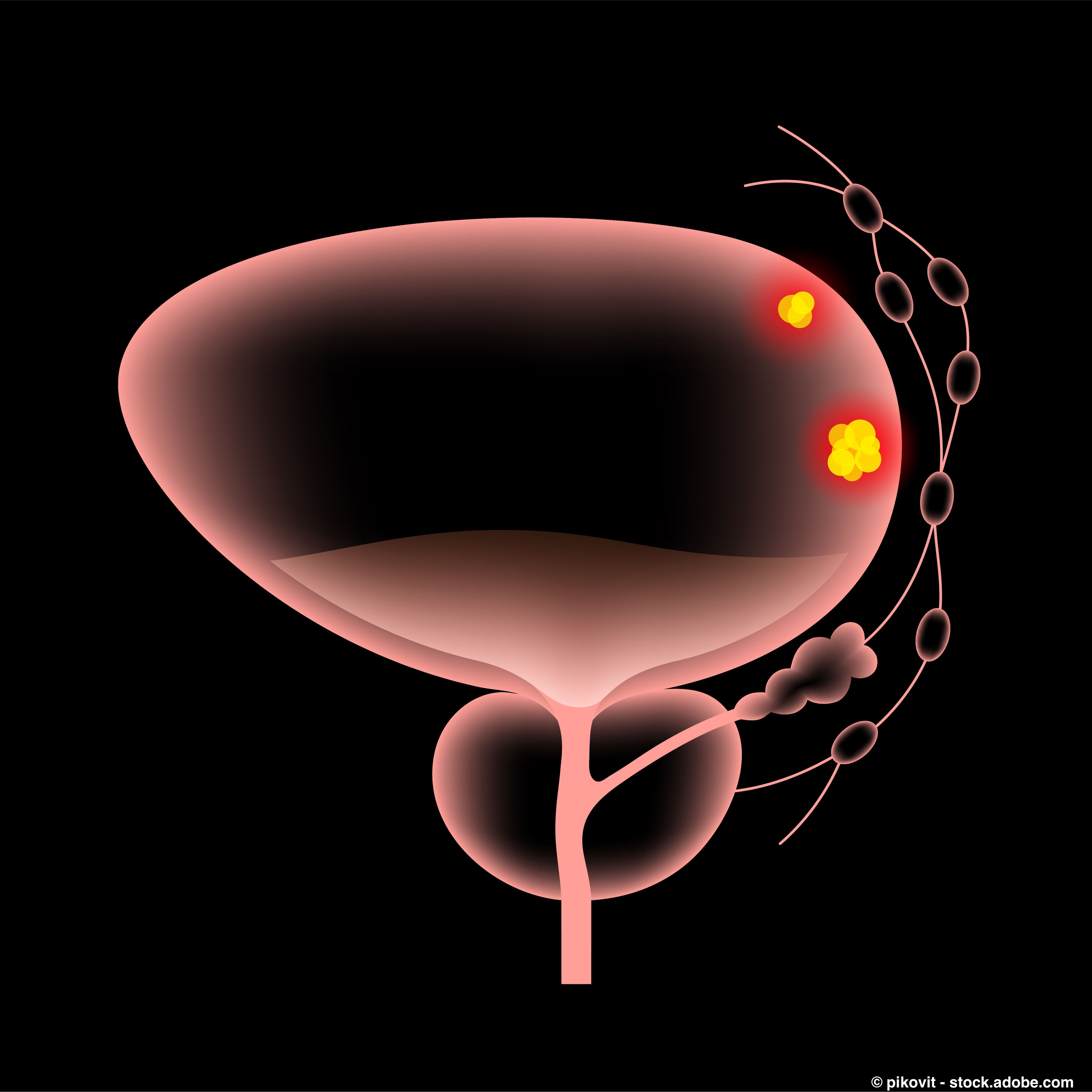Among patients with prostate cancer, treatment with carbon ion radiation therapy (CIRT) was found to result in a temporary decline in urinary function immediately after treatment. However, after three months, urinary function returned to normal, and recovery was sustained up to five years afterwards.
Glossary:
Carbion ion radition therapy: Treatment using beams of carbon ions to target cancer.
T1-T3N0M0: Indicating that prostate cancer is relatively small and confined to the prostate gland and has not spread to the lymph nodes or to distant organs.
Prostate-specific antigen: A protein associated with the presence of prostate cancer in the body.
Gleason score: A system used to grade the aggressiveness of prostate cancer.
Neoadjuvant: Administered before primary treatment, such as surgery, whereas adjuvant is administered after primary treatment.
Overall survival: The time a patient lives, regardless of disease status.
Research from a prospective study was presented in a poster at the 2025 ASCO Genitourinary Cancers Symposium following being published in 2024 in Radiation Oncology.1,2
“Following CIRT treatment, the voiding parameters in patients [with prostate cancer] significantly deteriorated immediately,” first author Dr. Yoshiyuki Miyazawa and colleagues said in a poster presentation of the study’s fundings at the symposium. “However, after three months, they returned to their pre-treatment levels and remained stable for five years. Without [androgen deprivation therapy (ADT)], the prostate volume reduced [by minus] 20% after two years and remained reduced for five years.”
Miyazawa is an assistant professor with the Department of Urology, Gunma University Graduate School of Medicine, in Gunma, Japan.
Researchers enrolled 309 patients with localized prostate cancer who were classified as T1-T3N0M0 onto the trial. The median age of eligible patients was 66.5 years, and patients underwent CIRT between 2010 and 2013. Of these eligible participants, patients with T1c-T2bN0M0, an initial prostate-specific antigen (PSA) of less than 10 ng/ml and a Gleason score of 6 or less were classified as the low-risk group (16 patients), with none receiving ADT. Patients with at least T3, an initial PSA of 20 ng/ml or greater or a Gleason Score of at least 8 were categorized as the high-risk group (146 patients), with six months of neoadjuvant ADT and 1.5 years of adjuvant ADT. Any patients falling outside of these parameters were classified into the intermediate-risk group (142 patients), with six months of neoadjuvant ADT, according to the poster presentation.
Patients’ maximum flow rate was found to significantly worsen at one month post-treatment compared with pre-treatment levels, but returned to pre-treatment levels by three months post-treatment. Researchers reported flow rates of 20.0 ± 10.6 ml/s pre-treatment, 14.5 ± 7.3 ml/s, post-treatment, and 18.7 ± 8.9 ml/s three months after treatment. The mean flow rate was found to have significantly worsened one month after treatment but was shown to return to pre-treatment levels by three months later, and was maintained for up to five years, with rates of 8.3 ± 4.0 ml/s pre-treatment, 6.0 ± 3.2 ml/s post-treatment, 7.7 ± 4.3 ml/s at three months, and 10.5 ± 4.9 ml/s at 3 years.
Prostate volume in cases without ADT was found to significantly decrease one year after treatment and reached approximately 80% of initial volume by three years and remained stable up to five years, researchers reported in the poster, also noting that multivariate analysis identified T classification and prostate volume as significant predictive factors for late genitourinary tract complications.
The 5-year PSA biochemical non-recurrence rate was 92.7%, researchers noted in Radiation Oncology, explaining that results broken down by risk criteria were 91.7% for low-risk cases, 93.4% for intermediate-risk cases, and 92% for high-risk cases, while the overall survival rate during the follow-up period was 96.6%.
“The long-term prospective study conducted over five years has elucidated the changes in urinary function and prostate volume in patients with prostate cancer following CIRT. Based on these data, it was suggested that complications in CIRT patients might be predictable through pre-treatment evaluations,” Miyazawa and authors concluded in the abstract of the poster presentation.
References:
- “Analysis of urinary function and prostate volume changes in localized prostate cancer patients treated with carbon-ion radiotherapy; a prospective study.” By Dr. Yoshiyuki Miyazawa, Journal of Clinical Oncology.
- 2. “Analysis of urinary function and prostate volume changes in localized prostate cancer patients treated with carbon-ion radiotherapy; a prospective study.” By Dr. Yoshiyuki Miyazawa, Radiation Oncology.
For more news on cancer updates, research and education, don’t forget to subscribe to CURE®’s newsletters here.





